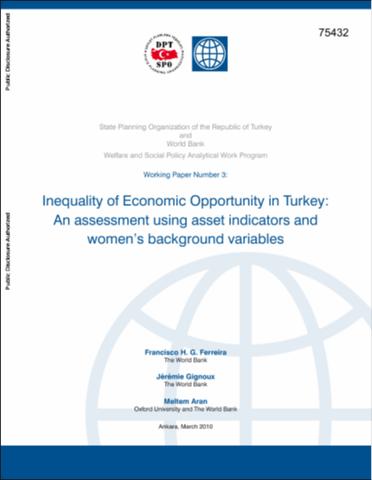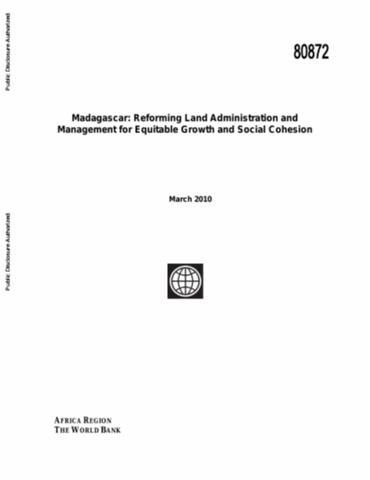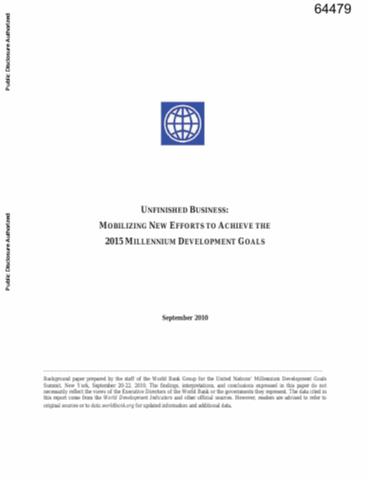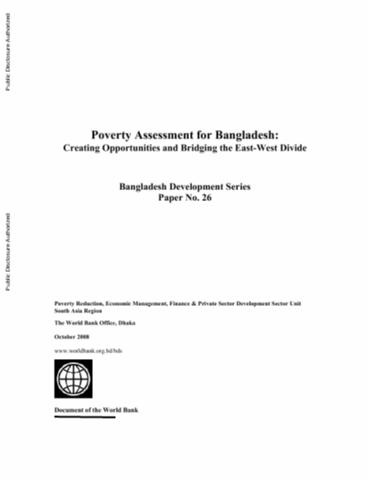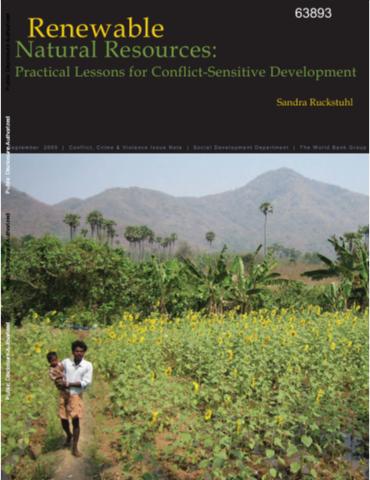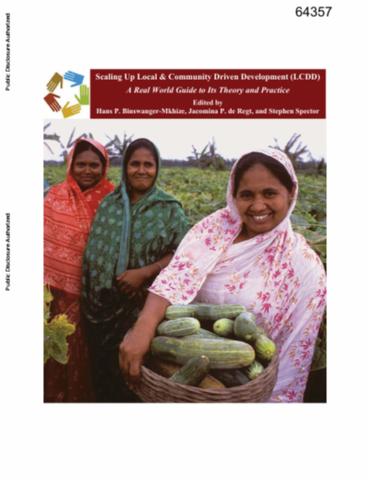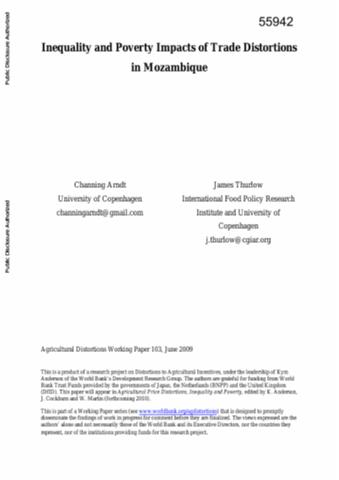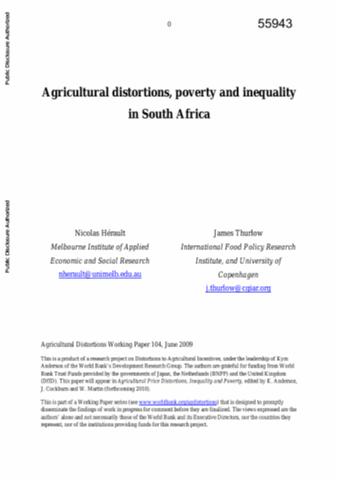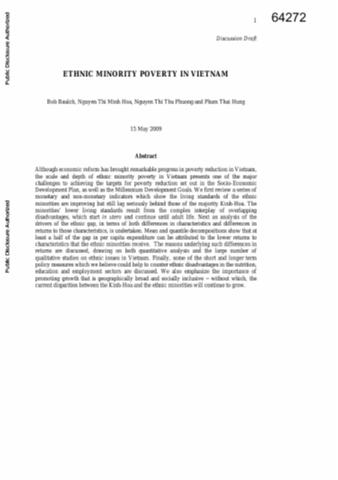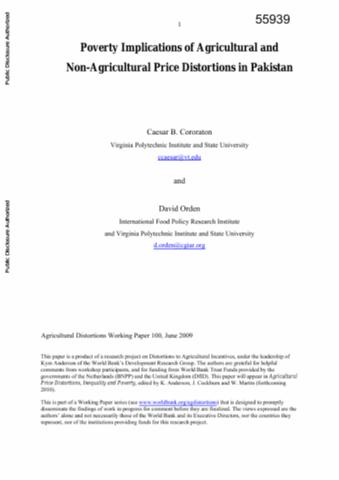Inequality of Economic Opportunity in Turkey
Using information on asset ownership, housing quality, and access to services to construct an indicator of household wealth, the author estimates the share of inequality among prime-age Turkish women that can be attributed to unequal opportunities. Both parametric and non-parametric estimation methods are used, and robustness to some sample redefinitions is verified. The author find that at least one-third (one-fourth) of overall wealth (imputed consumption) inequality in Turkey is associated with morally irrelevant, pre-determined circumstances.

